Is your car becoming a cozy home for unwanted rodents? Discover effective strategies on How To Keep Mice Out Of Car and protect your vehicle from costly damage. At CARS.EDU.VN, we understand the frustration of dealing with these unwelcome guests and offer proven solutions to safeguard your investment. Keep rodents away with these expert tips on rodent control, car protection, and preventative measures for pest control.
1. Understanding the Threat: Why Mice Invade Cars
Mice can cause significant damage to vehicles by gnawing on wires, hoses, and upholstery. According to a study by the AAA, rodent damage costs vehicle owners millions of dollars annually. Understanding why mice are attracted to cars is the first step in preventing infestations.
1.1. The Allure of Warmth and Shelter
Cars provide a warm and sheltered environment, especially during colder months. The engine bay, cabin, and even the trunk can become attractive nesting sites for mice seeking refuge from the elements.
1.2. Food Sources and Nesting Materials
Crumbs, wrappers, and other food debris left inside the car can attract mice. Additionally, they may use seat cushions, insulation, and paper products to build nests, exacerbating the damage.
1.3. Semi-Organic Materials in Modern Cars
Many modern vehicles use semi-organic materials, such as soy-based wiring insulation, which is highly attractive to rodents. This trend has increased the incidence of rodent damage in newer car models, as highlighted in a report by State Farm.
2. Comprehensive Prevention Strategies: Keeping Mice Away
Preventing mice from entering your car requires a multi-faceted approach. Here are several strategies to consider:
2.1. Maintaining a Clean Car Interior
A clean car is less attractive to mice. Regularly vacuum the interior, remove any food debris, and wipe down surfaces. Focus on areas where crumbs and wrappers tend to accumulate, such as under the seats and in the center console.
2.2. Engine Bay Deep Clean
2.2.1. Importance of Removing Rodent Evidence
Mice are attracted to areas where other mice have been. Removing any evidence of rodent activity, such as droppings and nesting materials, is crucial. Mouse droppings can also be toxic, so take precautions during cleaning.
2.2.2. Safe Cleaning Practices
Use a vacuum with a precision attachment to clean the engine bay gently. Employ cleaners like Simple Green Motorsports, which is safe for sensitive surfaces. Replace the under-hood engine heat shield if necessary.
2.3. Blocking Entry Points
2.3.1. Sealing Gaps and Openings
Inspect your car for any gaps or openings where mice could enter. Seal these entry points with steel wool or copper mesh, as mice are less likely to chew through these materials.
2.3.2. Protecting Wiring and Hoses
Wrap wiring and hoses with anti-rodent tape, like the OEM Honda part impregnated with chili pepper. This tape deters mice from gnawing on critical components.
2.4. Repellents: Natural and Chemical
2.4.1. Peppermint Oil
Peppermint oil is a natural repellent that mice dislike. Spray peppermint oil around the engine bay, wheel wells, and interior of the car. You can also soak cotton balls in peppermint oil and place them in strategic locations.
2.4.2. Commercial Repellents
Consider using commercial rodent repellents specifically designed for cars. These products often contain a combination of natural and chemical ingredients that deter mice.
2.5. Creating a Protective Barrier
2.5.1. Parking Strategically
If possible, park your car in a garage or covered area. Ensure the garage is well-sealed to prevent mice from entering.
2.5.2. Using Repellent Circles
Create a barrier around your parked car using a driveway mouse repellent. These products are often pet and environmentally friendly.
3. Detailed Product Recommendations
To effectively implement these strategies, consider using the following products:
| Product | Description | Benefits |
|---|---|---|
| Simple Green Motorsports Cleaner | A gentle yet effective cleaner for sensitive surfaces in the engine bay. | Safe for use on plastic and rubber components, preventing discoloration. |
| Tub’o Towels Heavy-Duty Cleaning Wipes | Multi-surface cleaning wipes for easy and contained cleaning. | Gentle detergent that effectively removes dirt and grime without damaging surfaces. |
| FCP Euro Hood Insulation | Replacement under-hood engine heat shield. | Provides a clean, new surface to deter mice from nesting. |
| OEM Honda Anti-Rodent Tape | Tape impregnated with chili pepper to deter mice from chewing on wiring and hoses. | Effective in protecting critical components from rodent damage. |
| Copper Mesh | Material to seal gaps and openings, preventing mice from entering the car. | Mice dislike the taste of copper, making it an effective barrier. |
| Peppermint Oil | Natural repellent that mice dislike. | Safe and environmentally friendly alternative to chemical repellents. |
| Driveway Mouse Repellent | Pet and environmentally friendly repellent for creating a protective barrier. | Helps keep mice away from the car’s perimeter. |
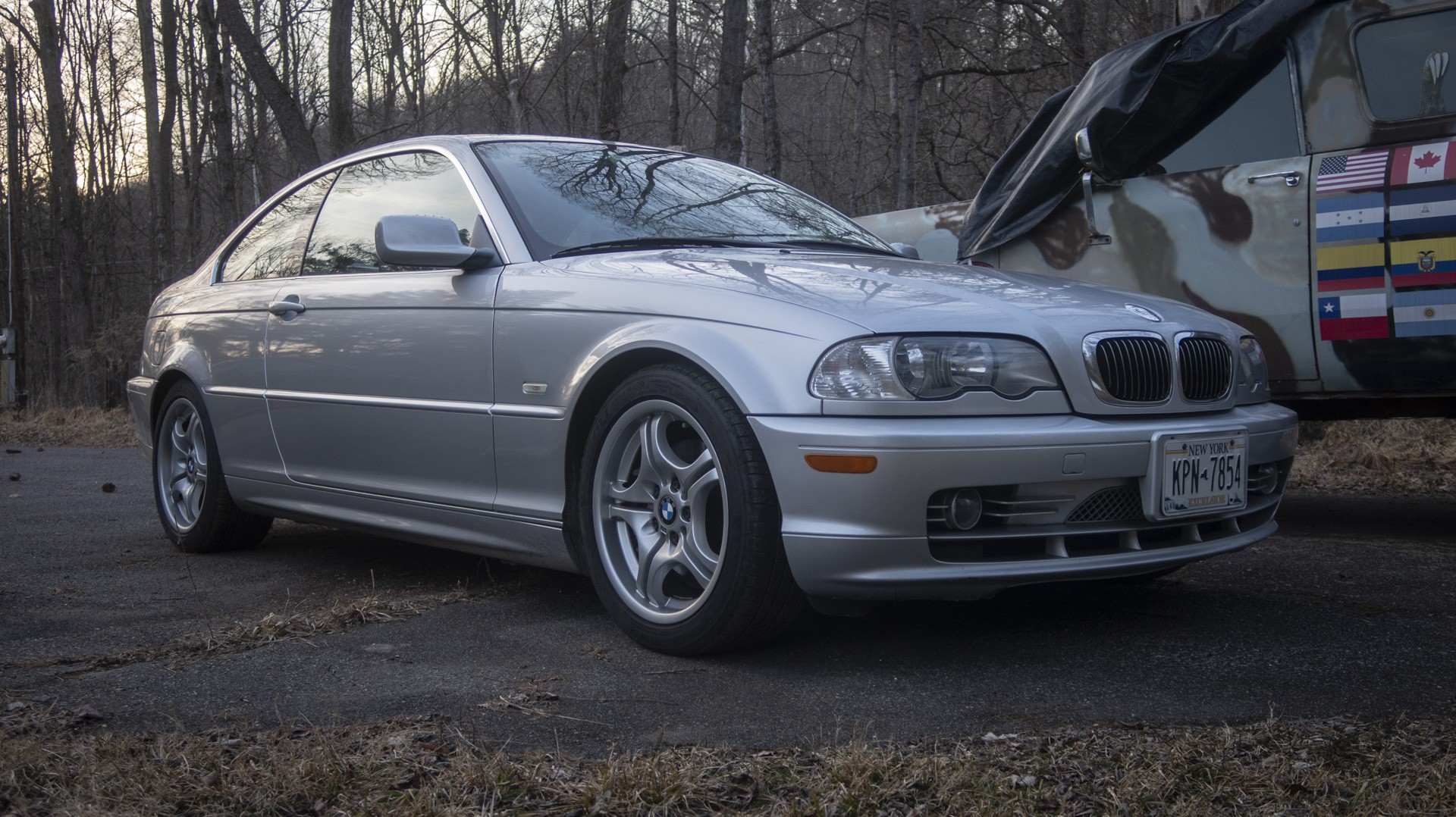
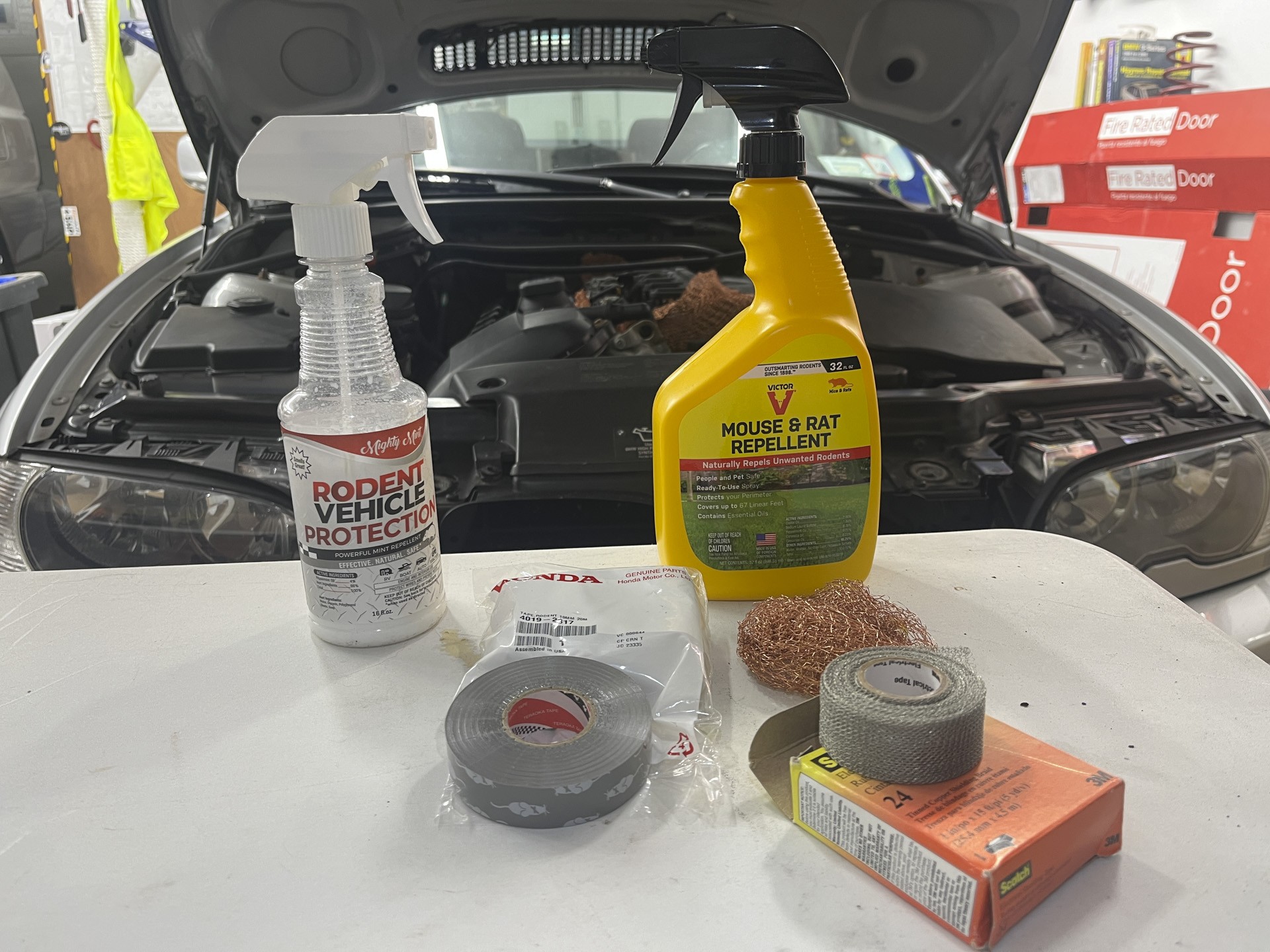
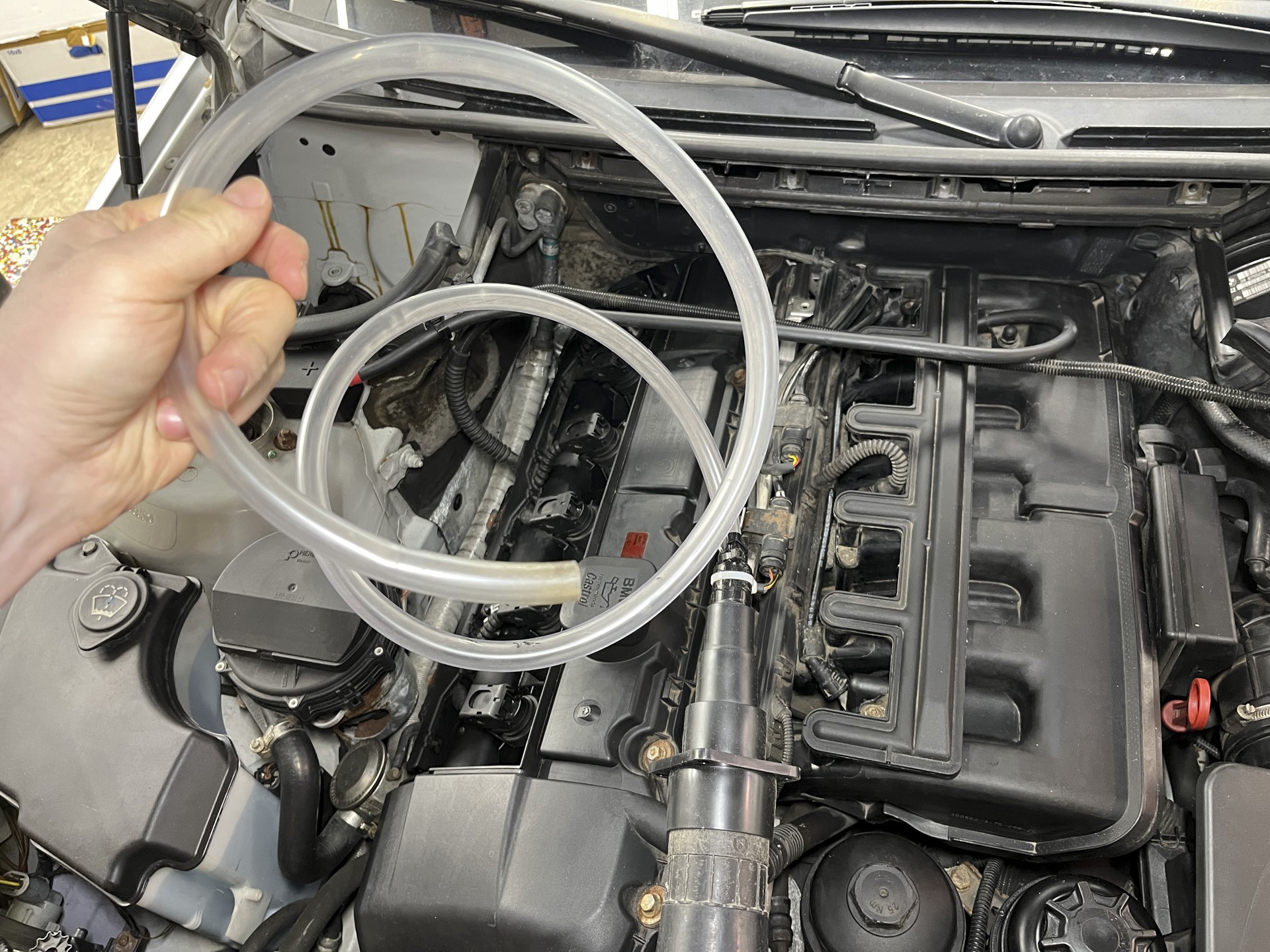
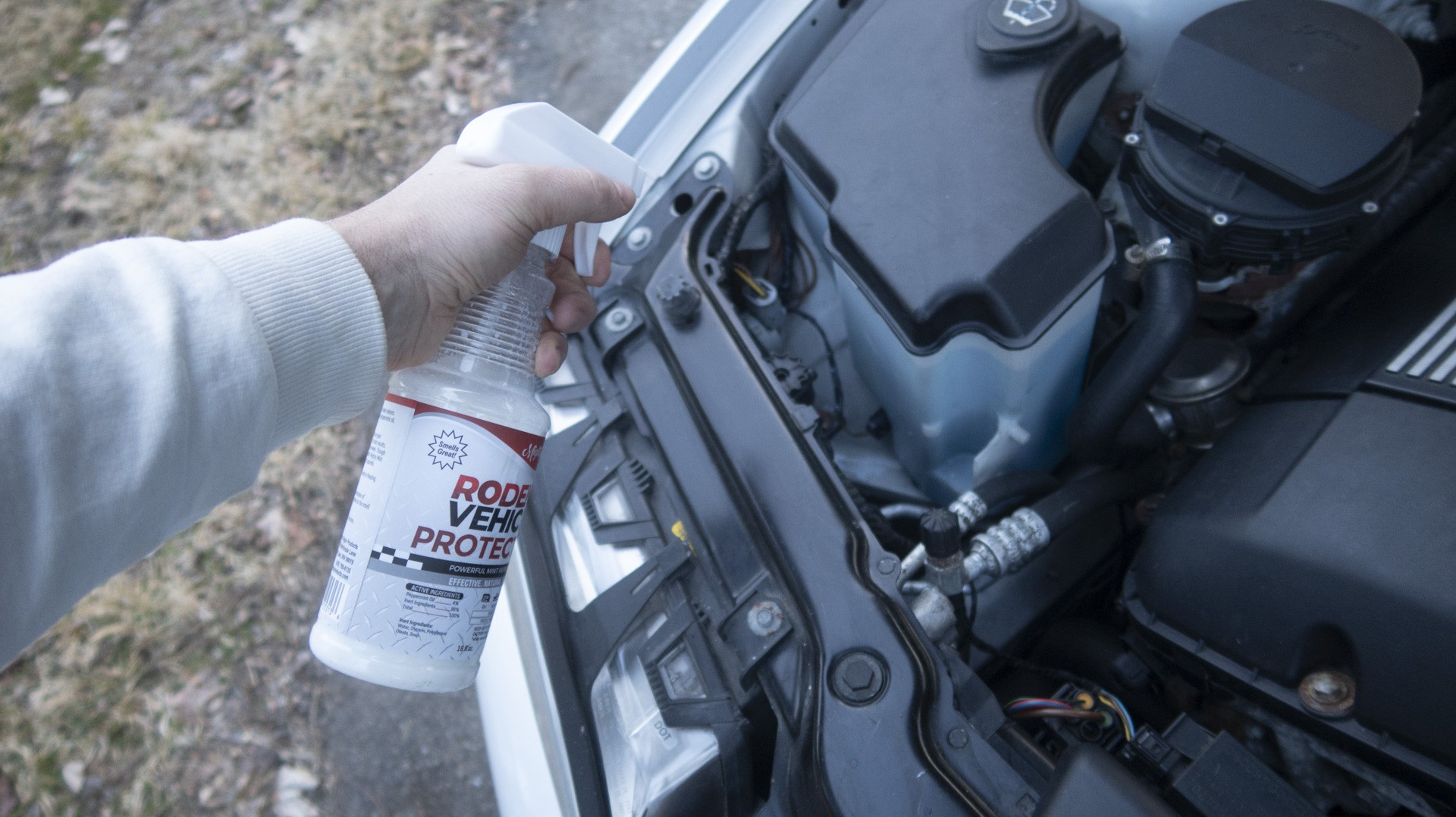
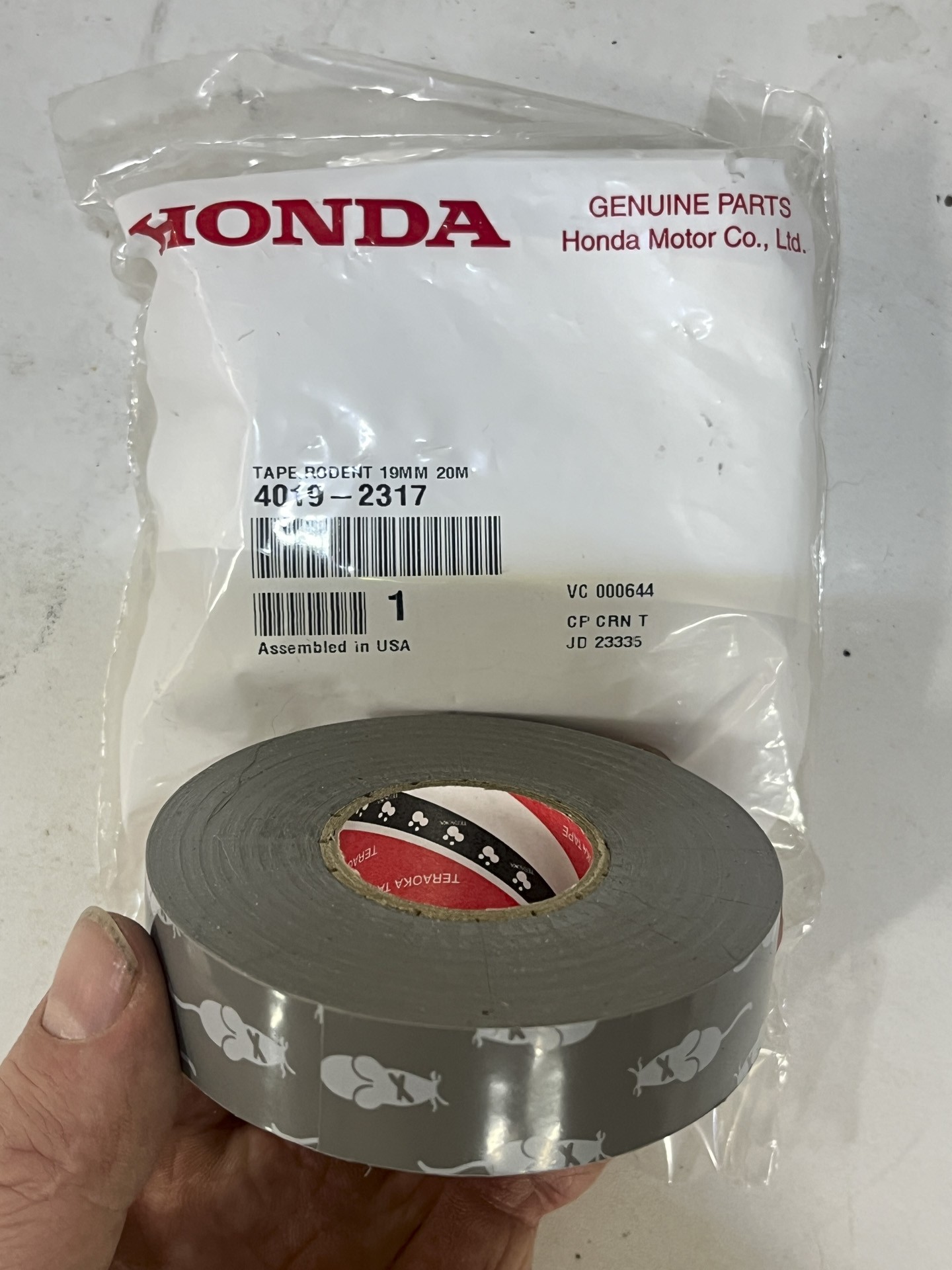
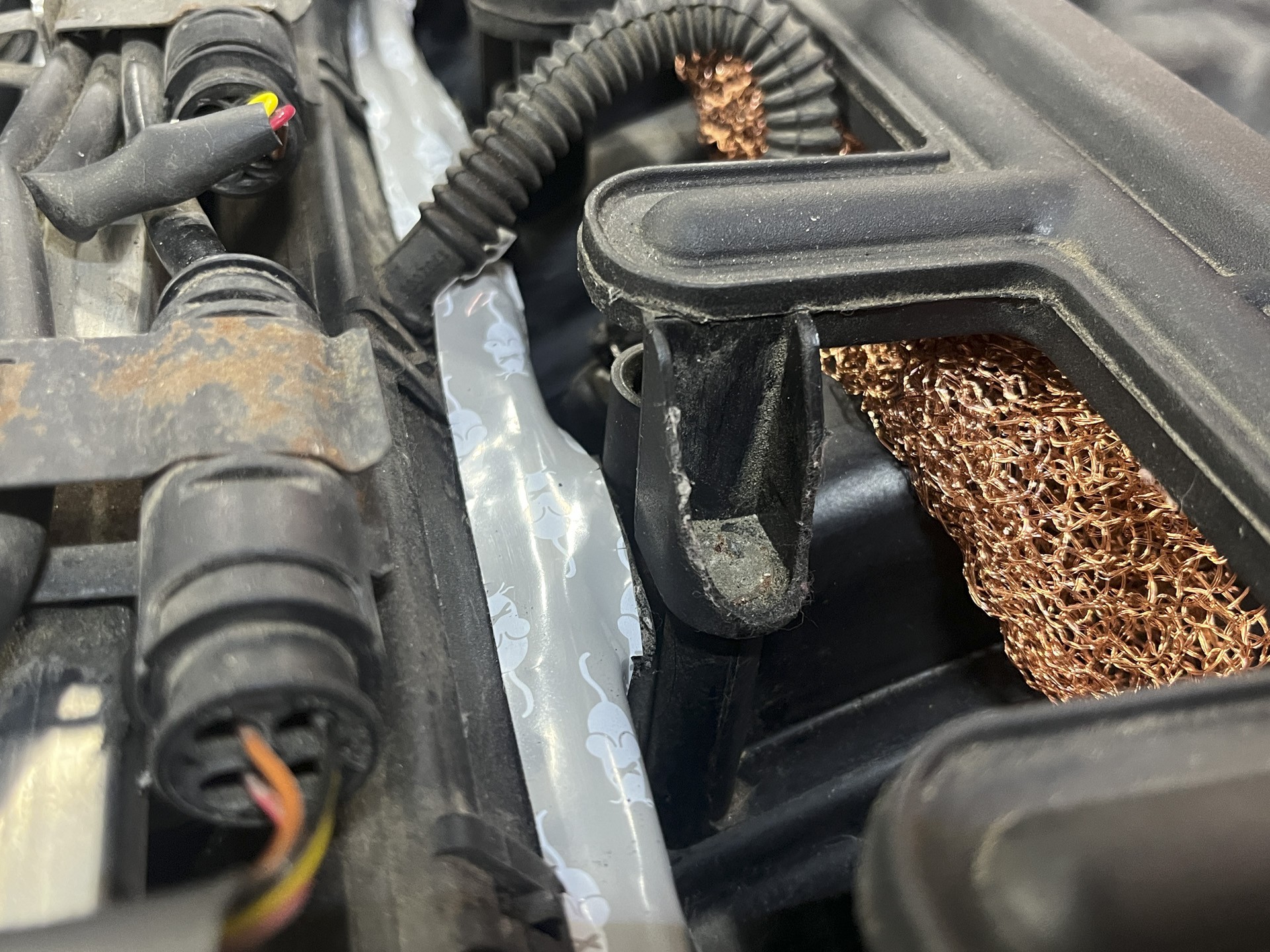
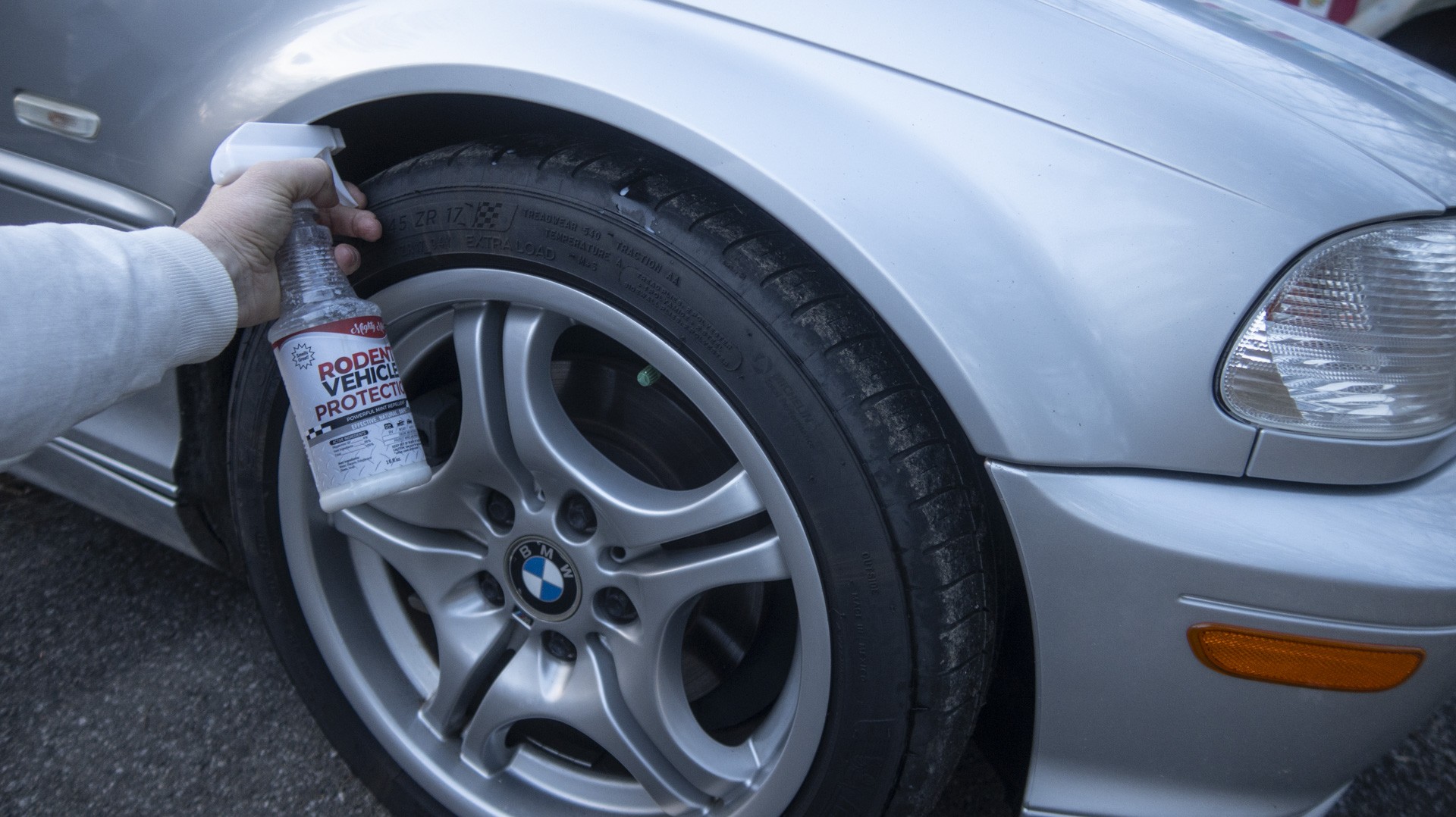
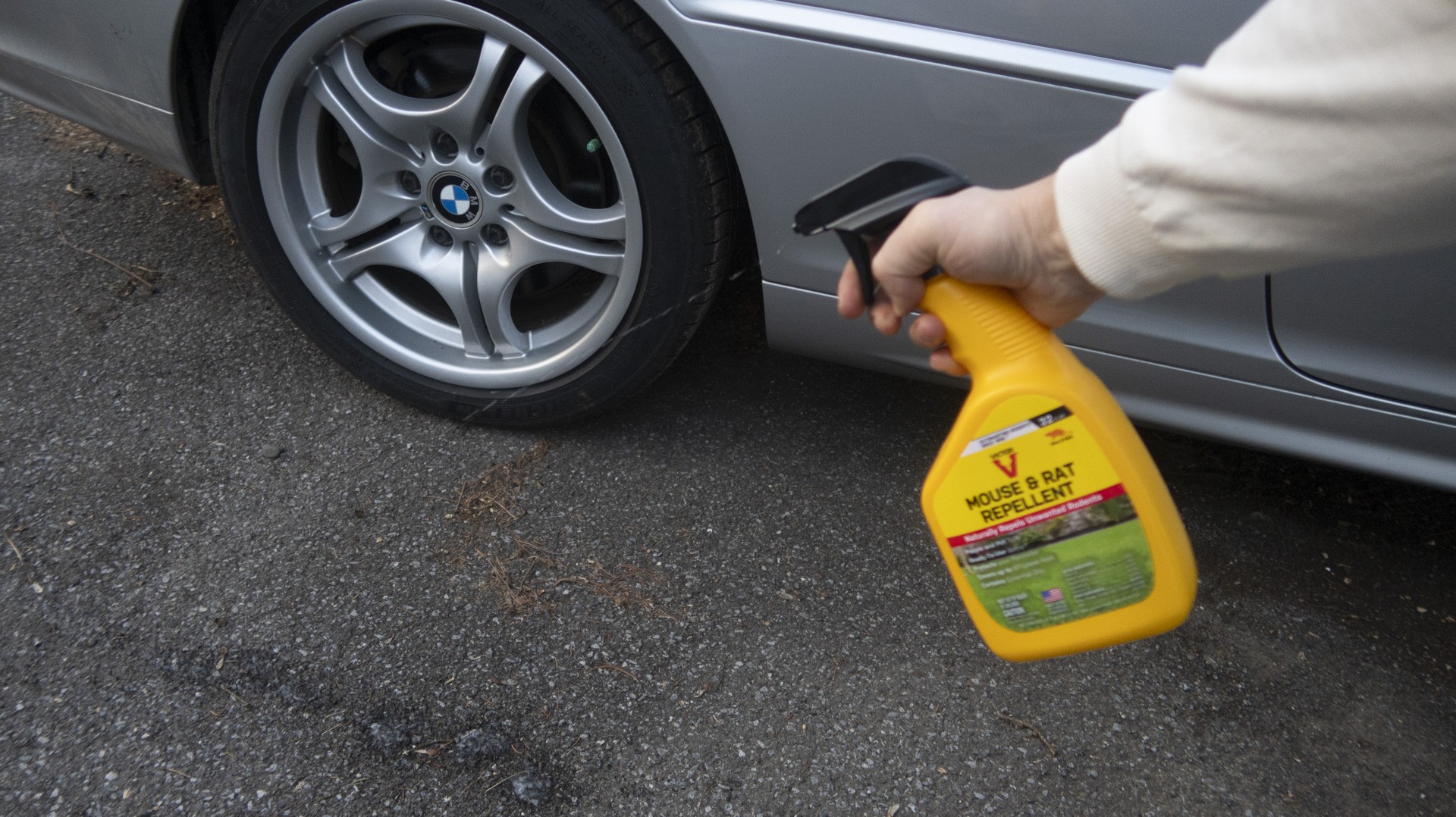
4. Step-by-Step Guide: Implementing Mouse Prevention Measures
Follow these steps to implement a comprehensive mouse prevention plan:
4.1. Step 1: Initial Inspection
Thoroughly inspect your car for any signs of mouse activity, such as droppings, nesting materials, and gnawed wires. Check the engine bay, cabin, trunk, and undercarriage.
4.2. Step 2: Deep Cleaning
4.2.1. Interior Cleaning
Vacuum the interior of the car, paying attention to areas where crumbs and debris accumulate. Wipe down surfaces with a suitable cleaner.
4.2.2. Engine Bay Cleaning
Use Simple Green Motorsports and Tub’o Towels to clean the engine bay gently. Remove any rodent evidence and replace the under-hood engine heat shield if necessary.
4.3. Step 3: Sealing Entry Points
Identify and seal any gaps or openings in the car’s body. Use copper mesh or steel wool to block these entry points effectively.
4.4. Step 4: Applying Repellents
4.4.1. Peppermint Oil Application
Spray peppermint oil around the engine bay, wheel wells, and interior. Place cotton balls soaked in peppermint oil in strategic locations.
4.4.2. Anti-Rodent Tape Application
Wrap wiring and hoses with OEM Honda anti-rodent tape to protect them from chewing.
4.5. Step 5: Creating a Protective Barrier
If possible, park your car in a garage. If parking outdoors, create a barrier around the car using a driveway mouse repellent.
4.6. Step 6: Regular Maintenance
Regularly inspect your car for any new signs of mouse activity. Reapply repellents as needed and maintain a clean interior to deter mice.
5. Debunking Myths: What Doesn’t Work
Some common mouse-repelling methods are not as effective as they seem. Here are a few to avoid:
5.1. Ultrasonic Devices
Ultrasonic anti-mouse devices claim to emit noise that mice find disagreeable. However, rodent experts generally agree that these devices are not effective.
5.2. Dryer Sheets
While some people claim that mice don’t like dryer sheets, there is no scientific evidence to support this claim. Placing dryer sheets in your car may not be an effective deterrent.
5.3. Soap (e.g., Irish Spring)
The scent of Irish Spring soap is sometimes touted as a mouse repellent. However, soap is made from animal fat, which might actually attract mice.
6. Alternative Solutions: When Prevention Isn’t Enough
If you already have a mouse infestation in your car, you may need to consider alternative solutions:
6.1. Mouse Traps
Mouse traps can be effective for eliminating existing mouse populations. Use traditional snap traps with peanut butter as bait. However, be cautious when placing traps in the engine bay or outdoors.
6.2. Professional Pest Control
If you are unable to control the mouse infestation on your own, consider hiring a professional pest control service. They can provide targeted treatments and advice on preventing future infestations.
7. The Role of CARS.EDU.VN in Protecting Your Vehicle
At CARS.EDU.VN, we are committed to providing comprehensive information and services to help you protect your vehicle. Whether you need advice on preventing mouse infestations or finding a reputable repair shop, we have you covered.
7.1. Expert Advice and Resources
Our website offers a wealth of articles, guides, and resources on car maintenance, repair, and protection. We provide expert advice on topics ranging from rodent prevention to choosing the right car insurance.
7.2. Connecting You with Trusted Professionals
We partner with trusted mechanics and repair shops in the United States to provide you with reliable service. Our directory allows you to find qualified professionals in your area who can help with any car-related issues.
7.3. Latest Industry Insights
Stay informed about the latest trends and technologies in the automotive industry with our in-depth articles and reviews. We cover everything from new car models to emerging technologies, helping you make informed decisions about your vehicle.
8. Addressing Common Concerns: FAQs
Here are some frequently asked questions about keeping mice out of your car:
8.1. What Attracts Mice to Cars?
Mice are attracted to cars because they provide warmth, shelter, and potential food sources. Crumbs, nesting materials, and semi-organic components in modern cars can also attract mice.
8.2. How Can I Tell If Mice Are in My Car?
Signs of mice in your car include droppings, nesting materials, gnawed wires, and a musty odor. You may also notice damage to upholstery and other components.
8.3. What Damage Can Mice Cause to Cars?
Mice can cause significant damage to cars by gnawing on wires, hoses, and upholstery. This can lead to electrical problems, fuel leaks, and other costly repairs.
8.4. Is Mouse Poop Toxic?
Yes, mouse poop can be toxic and pose a health risk. It is important to take precautions when cleaning mouse droppings, such as wearing gloves and a mask.
8.5. How Often Should I Clean My Car to Prevent Mice?
Regularly cleaning your car, at least once a month, can help prevent mice infestations. Focus on removing food debris and wiping down surfaces.
8.6. Can I Use Mothballs to Repel Mice?
Mothballs contain chemicals that can be harmful to humans and pets. They are not recommended for use in cars or other enclosed spaces.
8.7. Are There Any Car Models That Are More Prone to Mouse Infestations?
Some car models are more prone to mouse infestations due to the use of semi-organic materials in their construction. Research your specific make and model to determine if it is at higher risk.
8.8. How Much Does It Cost to Repair Mouse Damage to a Car?
The cost to repair mouse damage to a car can vary widely depending on the extent of the damage. Simple repairs may cost a few hundred dollars, while more extensive damage can cost thousands.
8.9. Can My Car Insurance Cover Mouse Damage?
Some comprehensive car insurance policies may cover mouse damage, but it depends on the specific terms and conditions of your policy. Check with your insurance provider to determine if you are covered.
8.10. Where Can I Find Reliable Car Repair Services?
You can find reliable car repair services through the CARS.EDU.VN directory. We partner with trusted mechanics and repair shops to provide you with quality service.
9. CARS.EDU.VN: Your Partner in Car Care
Protecting your car from mouse infestations requires a proactive and comprehensive approach. By following the strategies outlined in this guide, you can significantly reduce the risk of mouse damage and keep your vehicle in top condition.
At CARS.EDU.VN, we are here to support you every step of the way. Explore our website for more expert advice, resources, and services to help you maintain, repair, and protect your car.
Remember to regularly inspect your car for signs of mouse activity and take immediate action if you notice any problems. With the right knowledge and tools, you can keep mice out of your car and enjoy a safe and reliable driving experience.
10. Call to Action
Don’t let mice turn your car into a disaster zone. Implement these strategies today and protect your investment. Visit CARS.EDU.VN for more tips and resources on car maintenance and repair. Need help finding a trusted mechanic? Use our directory to connect with qualified professionals in your area. Contact us at 456 Auto Drive, Anytown, CA 90210, United States, or Whatsapp at +1 555-123-4567. Let cars.edu.vn be your partner in car care.
